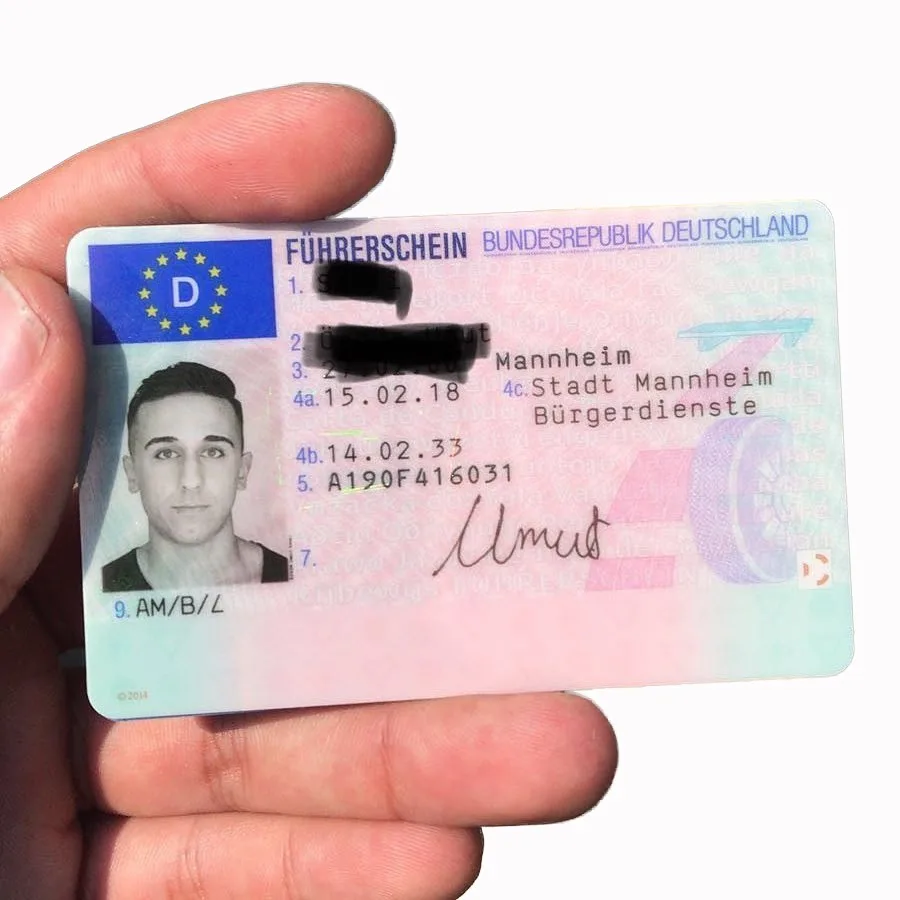A Complete Guide to Obtaining a Driving License Legally
Driving is an important skill that opens up a world of chances and independence. Whether for commuting to work, running errands, or embarking on trip, having a legitimate driving license is important. Nevertheless, the procedure of obtaining one can be daunting, especially for first-time chauffeurs. In this guide, we will stroll you through the necessary steps to legally acquire a driving license, ensuring you comply with the guidelines and regulations of your local jurisdiction.
1. Understand the Licensing Requirements
Before you begin the process, it is necessary to familiarize yourself with the licensing requirements in your state or country, as these can differ considerably. Usually, the standard requirements consist of:
Age: Most locations need you to be a minimum of 16 or 18 years of ages to look for a student's permit or a full driving license.
Recognition: You will need to provide legitimate recognition, such as a birth certificate or passport.
Residency: Proof of residency in the state or nation where you are applying is typically required.
Health and Vision Tests: Some jurisdictions require a health or vision test to ensure you are fit to drive.
2. Get a Learner's Permit
For novice chauffeurs, the very first step in the licensing procedure is typically acquiring a student's authorization. This enables you to practice driving under certain restrictions, usually with a certified adult in the car. Here's how to get one:
Total an Application: Fill out the required forms either online or at a regional Department of Motor Vehicles (DMV) or comparable authority.
Pass the Knowledge Test: Most jurisdictions require you to take a composed exam on traffic laws, roadway indications, and safe driving practices.
Pay the Fee: A cost is usually needed for processing your application and releasing the learner's authorization.
Get Your Permit: Once you've fulfilled all requirements, you'll receive your learner's license, enabling you to start practicing.
3. Practice Driving
With your student's permit in hand, it's time to practice driving. Here are some tips for taking advantage of this time:
Supervised Driving: Always drive with a qualified adult who holds a legitimate driving license. Their guidance will be important.
Log Your Hours: Many jurisdictions need a minimum number of driving hours with a learner's authorization. Keeping a log can help you track your development.
Learn Defensive Driving: Focus on developing protective driving skills, acknowledging roadway hazards, and making safe driving decisions.
4. Complete Driver Education (if needed).
Some states or nations need brand-new motorists, specifically those under 18, to finish a driver education course. This may include:.
Classroom Instruction: Learning about road guidelines, traffic indications, driving security, and car operations.
Behind-the-Wheel Training: Gaining experience driving with a trainer who can supply feedback on your skills.
5. Take the Road Test.
After you've practiced sufficiently and finished any needed driver education:.
Schedule a Road Test: Contact your regional DMV or licensing authority to schedule the driving test.
Prepare Your Vehicle: You'll need to provide a safe, operating vehicle for the test. Ensure it fulfills all security requirements.
Arrive on Time: Get to the testing site early, with your learner's permit and any required files.
Pass the Road Test: During the test, an inspector will examine your driving skills. Focus on following traffic laws, using turn signals, and performing maneuvers safely.
6. Obtain Your Full Driving License.
As soon as you pass the road test, you're an action closer to having your complete driving license:.
Pay fahrprüfung umgehen Fuehrerscheinn : A cost is typically required to release your complete license.
Submit Documentation: Provide any essential paperwork, like proof of residency and recognition.
Receive Your License: After processing, you'll either get your license immediately or it will be mailed to you.
7. Stay Informed and Safe.
Obtaining your driving license is simply the start. Here are some final pointers for accountable driving:.
Know the Rules: Stay upgraded on local traffic laws and regulations.
Practice Defensive Driving: Always stay alert and prepared for unforeseen scenarios on the road.
Avoid Distractions: Keep your focus on driving, staying away from distractions such as mobile phones or loud music.
Renew When Necessary: Be mindful of your license's expiration date and restore it in a prompt way.
Conclusion.
Getting a driving license legally needs understanding the procedure, satisfying necessary requirements, and practicing safe driving practices. By following these steps, you can navigate the course to ending up being a certified driver with self-confidence and responsibility. Keep in mind, driving is not just an advantage; it's a responsibility that needs ongoing commitment to safety and awareness on the roadway. Drive safely!

